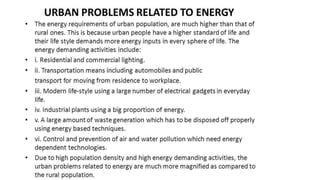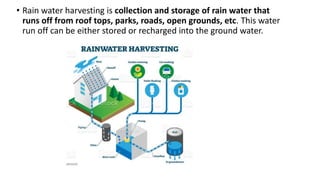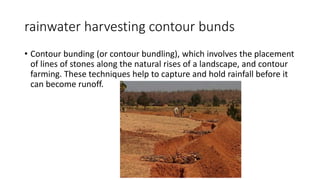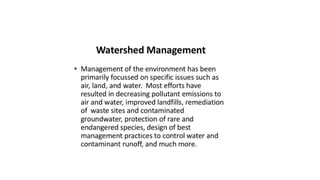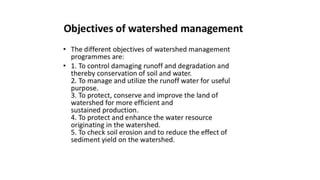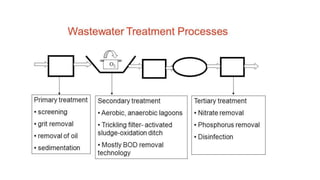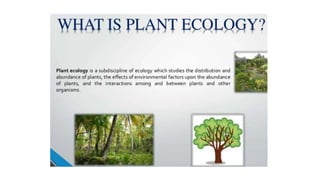industrilization.pptx
- 1. Techniques and details of evs
- 2. Industrialization • Industrialization the period of social and economic change that transforms a human group from an agrarian society into an industrial society. This involves an extensive reorganization of an economy for the purpose of manufacturing
- 3. Industrial Revolution • The Industrial Revolution traces its roots to the late 18th century in Britain. Prior to the proliferation of industrial manufacturing facilities, fabrication and processing were generally carried out by hand in people's homes. • The steam engine was a key invention, as it allowed for many different types of machinery. The growth of the metals and textiles industries allowed for the mass production of basic personal and commercial goods. As manufacturing activities grew, transportation, finance, and communications industries expanded to support the new production capacities.
- 4. • The Industrial Revolution led to unprecedented expansion in wealth and financial well-being for some. • It also led to increased labor specialization and allowed cities to support larger populations, motivating a rapid demographic shift. People left rural areas in large numbers, seeking potential fortunes in budding industries. • The revolution quickly spread beyond Britain, with manufacturing centers being established in continental Europe and the United States.
- 5. Sustainable development • Sustainable development is an organizing principle for meeting human development goals while also sustaining the ability of natural systems to provide the natural resources and ecosystem services on which the economy and society depend.
- 9. Water conservation • Water conservation includes all the policies, strategies and activities to sustainably manage the natural resource of fresh water, to protect the hydrosphere, and to meet the current and future human demand (thus avoiding water scarcity). • Population, household size and growth and affluence all affect how much water is used. Factors such as climate change have increased pressures on natural water resources especially in manufacturing and agricultural irrigation. • Many countries have already implemented policies aimed at water conservation, with much success. • The key activities to conserve water are as follows: any beneficial reduction in water loss, use and waste of resources, avoiding any damage to water quality; and improving water management practices that reduce the use or enhance the beneficial use of water. Technology solutions exist for households, commercial and agricultural applications.
- 10. • Rain water harvesting is collection and storage of rain water that runs off from roof tops, parks, roads, open grounds, etc. This water run off can be either stored or recharged into the ground water.
- 11. rainwater harvesting contour bunds • Contour bunding (or contour bundling), which involves the placement of lines of stones along the natural rises of a landscape, and contour farming. These techniques help to capture and hold rainfall before it can become runoff.
- 12. wells • Rainwater harvesting (RWH) is the collection and storage of rain, rather than allowing it to run off. Rainwater is collected from a roof- like surface and redirected to a tank, cistern, deep pit (well, shaft, or borehole), aquifer, or a reservoir with percolation, so that it seeps down and restores the ground water
- 13. Bunds • Being one of the most often used precipitation harvesting methods in agriculture, the main purpose of bunds is to slow down and filter runoff water from rainfall and hence reduce soil degradation
- 29. Urban ecology







